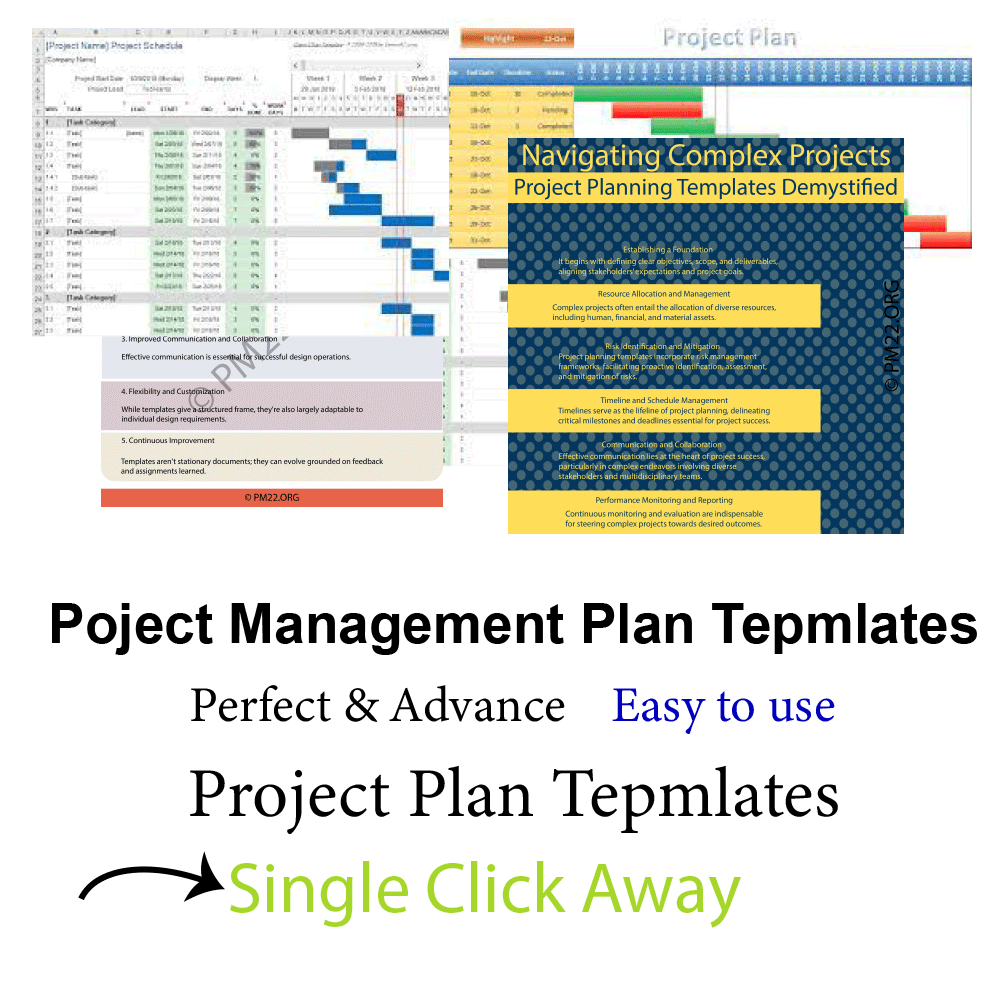 In the dynamic landscape of modern business, project management tools have become indispensable assets for organizations striving to stay competitive and efficient. These tools streamline workflows, enhance collaboration, and ensure projects are completed on time and within budget. However, with a plethora of options available in the market, selecting the right project management tool can be overwhelming. To make an informed decision, several crucial factors must be considered.
In the dynamic landscape of modern business, project management tools have become indispensable assets for organizations striving to stay competitive and efficient. These tools streamline workflows, enhance collaboration, and ensure projects are completed on time and within budget. However, with a plethora of options available in the market, selecting the right project management tool can be overwhelming. To make an informed decision, several crucial factors must be considered.
- Scope and Complexity of Projects: The first step in choosing the right project management tool is to assess the scope and complexity of your projects. Different tools cater to different project sizes and requirements. For instance, small teams may benefit from simpler tools with basic features, while large-scale projects demand robust solutions capable of handling multiple tasks, dependencies, and resources.

- Ease of Use and User Experience: A user-friendly interface is essential for ensuring widespread adoption and seamless integration into existing workflows. Look for tools that offer intuitive navigation, customizable dashboards, and straightforward functionalities. Conducting a trial or demo can provide valuable insights into the user experience and help determine if the tool aligns with your team’s preferences and skill levels.
CLICK HERE TO DOWNLOAD 300+ PROJECT MANAGEMENT TEMPLATES & DOCUMENTS IN EXCEL
- Collaboration Capabilities: Effective collaboration lies at the heart of successful project management. Choose a tool that facilitates communication, file sharing, and real-time updates among team members. Features such as task assignments, comments, and activity feeds promote transparency and accountability, fostering a collaborative environment conducive to productivity and innovation.
- Integration with Existing Systems: Seamless integration with other tools and platforms is crucial for maximizing efficiency and minimizing disruption to established workflows. Consider whether the project management tool integrates with your existing software ecosystem, such as email clients, document management systems, and communication platforms. Compatibility with popular third-party applications like Google Workspace, Microsoft Office, and Slack can enhance connectivity and streamline processes.

- Scalability and Customization: As your organization grows and evolves, so too should your project management tool. Look for scalable solutions that can accommodate expanding teams, projects, and functionalities without compromising performance. Additionally, customizable features allow you to tailor the tool to suit your specific requirements, whether it’s creating custom fields, workflows, or reports.
- Security and Data Privacy: Protecting sensitive project data and maintaining confidentiality is paramount in today’s digital landscape. Prioritize project management tools that adhere to stringent security standards and offer robust data encryption, user authentication, and access controls. Additionally, consider factors such as data residency, compliance certifications, and vendor transparency to ensure regulatory compliance and mitigate security risks.

- Cost and Value for Money: While cost is undeniably a significant factor, it’s essential to evaluate the overall value proposition of a project management tool. Consider factors such as pricing structure, subscription plans, and additional costs for premium features or user licenses. Conduct a thorough cost-benefit analysis to determine whether the features and benefits offered justify the investment in the long run.
CLICK HERE TO DOWNLOAD 300+ PROJECT MANAGEMENT TEMPLATES & DOCUMENTS IN EXCEL
- Customer Support and Training: Even the most intuitive project management tools may require assistance or training to maximize their potential. Evaluate the level of customer support offered by the vendor, including availability, responsiveness, and support channels. Additionally, inquire about training resources such as tutorials, documentation, and online forums to empower your team with the knowledge and skills needed to leverage the tool effectively.
In conclusion, choosing the right project management tool requires careful consideration of various factors, including project scope, usability, collaboration capabilities, integration, scalability, security, cost, and support. By prioritizing these factors and aligning them with your organization’s goals and requirements, you can select a tool that not only meets your immediate needs but also empowers your team to thrive in today’s competitive business environment.
